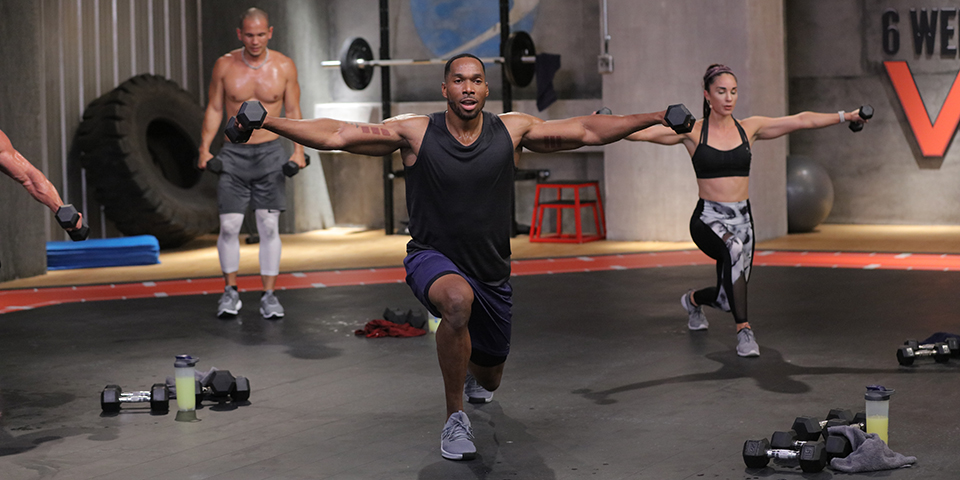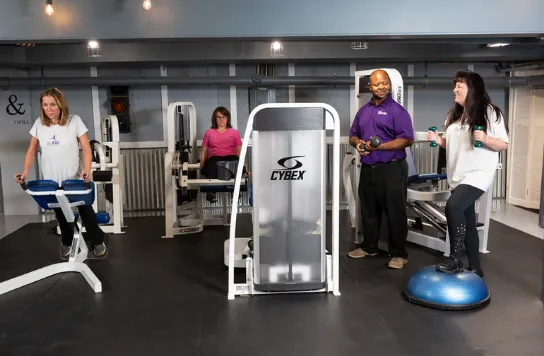Overcoming Fitness Plateaus: Strategies to Boost Your Progress, Experiencing a fitness plateau can be frustrating, but it’s a common part of any fitness journey. A plateau occurs when your progress stalls despite maintaining a consistent workout routine. Whether you’re aiming for weight loss, muscle gain, or improved performance, breaking through a plateau requires strategic adjustments to your approach. Here are effective strategies to help you overcome fitness plateaus and continue making progress towards your goals.

1. Assess Your Current Routine
Why It Matters: Understanding where you might be going wrong is the first step to making effective changes.
How to Do It: Take a detailed look at your current workout routine, diet, and lifestyle. Identify any patterns that might contribute to your plateau, such as repetitive exercises, insufficient intensity, or dietary inconsistencies. Keeping a fitness journal can help track these details and highlight areas for improvement.
2. Vary Your Workouts
Why It Matters: The body adapts to repetitive exercises over time, which can lead to a plateau. Changing your routine challenges your muscles in new ways and stimulates growth.
How to Do It: Incorporate different types of workouts into your routine. If you typically do cardio, add strength training or HIIT. Change the order of your exercises, try new machines, or experiment with different workout formats like circuit training, cross-training, or group classes. For example:
- Strength Training: Switch from machines to free weights, or incorporate bodyweight exercises like push-ups and pull-ups.
- Cardio: If you usually run, try cycling, swimming, or rowing. Include interval training to mix up the intensity.
- Flexibility: Incorporate yoga or Pilates to improve your range of motion and target different muscle groups.
3. Increase Intensity and Volume
Why It Matters: Progressive overload is essential for continued improvement. By increasing the intensity and volume of your workouts, you challenge your muscles and cardiovascular system more effectively.
How to Do It: Gradually increase the weight, resistance, or number of repetitions in your strength training sessions. For cardio, increase the duration, speed, or incline. Incorporate techniques like supersets, drop sets, and pyramid sets to add intensity. For example:
- Strength Training: If you’re lifting weights, try adding 5-10% more weight or performing an extra set of each exercise.
- Cardio: Increase your running speed or add hill sprints to your routine.
4. Focus on Nutrition
Why It Matters: Nutrition plays a crucial role in fitness progress. Inadequate or imbalanced nutrition can contribute to a plateau.
How to Do It: Evaluate your diet to ensure you’re getting enough protein, healthy fats, and carbohydrates to support your fitness goals. Consider tracking your macronutrient intake and adjusting it based on your needs. For muscle gain, ensure a calorie surplus with adequate protein. For weight loss, maintain a calorie deficit while ensuring nutritional adequacy. Include nutrient-dense foods like lean proteins, whole grains, fruits, vegetables, and healthy fats. Stay hydrated by drinking plenty of water throughout the day.
5. Prioritize Rest and Recovery
Why It Matters: Overtraining can lead to fatigue and stalled progress. Adequate rest and recovery are essential for muscle repair and overall performance.
How to Do It: Ensure you’re getting enough sleep, aiming for 7-9 hours per night. Schedule regular rest days into your routine to allow your muscles to recover. Incorporate active recovery activities like light walking, stretching, or yoga. Consider techniques like foam rolling or massage to aid muscle recovery and reduce soreness.
6. Set New Goals
Why It Matters: Setting new, challenging goals can reignite your motivation and provide a clear direction for your efforts.
How to Do It: Reassess your fitness goals and set new ones that push you out of your comfort zone. Make your goals SMART (Specific, Measurable, Achievable, Relevant, Time-bound). For example, aim to increase your bench press by 10 pounds in two months or run a 5K in under 25 minutes. Break these goals into smaller milestones to keep track of your progress and celebrate achievements along the way.
7. Get Professional Guidance
Why It Matters: A fitness professional can provide personalized advice and help you overcome plateaus with expert strategies.
How to Do It: Consider hiring a personal trainer or working with a fitness coach. They can assess your current routine, provide tailored workout plans, and offer valuable feedback on your form and technique. Joining a fitness group or class can also provide additional motivation and accountability.
8. Stay Motivated and Positive
Why It Matters: Maintaining a positive mindset is crucial for overcoming plateaus and staying committed to your fitness journey.
How to Do It: Surround yourself with supportive individuals who encourage your progress. Keep a fitness journal to track your achievements and reflect on your progress. Celebrate small victories and remind yourself of your long-term goals. Visualize your success and stay focused on the positive changes you’re making.
Conclusion
Overcoming a fitness plateau requires a combination of strategic adjustments, varied workouts, proper nutrition, adequate rest, and a positive mindset. By assessing your current routine, increasing intensity, setting new goals, and seeking professional guidance, you can break through plateaus and continue progressing towards your fitness goals. Remember, consistency and adaptability are key to long-term success in any fitness journey.
















